You are not your anxiety: The number one thing for teachers to know this fall
You are not your anxiety: The number one thing for teachers to know this fall
By Cassandra Moore
This school year feels impossible to prepare for. Going back into the classroom after the pandemic is… so many things—exciting and scary and overwhelming and full of loss (loss of normalcy and loss of maskless connection and, for some of us, loss of loved ones to Covid). There’s so much to hold this year, including the grief, isolation, and trauma our students have experienced during the pandemic. As a teacher, I’m asking, What is the best thing we can do as educators to prepare for this impossible looming academic year?
As part of my answer, I’m recalling our weekend educator training at Peace in Schools, where we lead educators in an experiential exercise. If you want, you can do the exercise right now: I invite you to close your eyes and notice your present-moment experience. Maybe you notice something like, “I feel tired from being on the computer. I feel stressed out and anxious and my back hurts and my neck is stiff.” Okay, great noticing. Next I’ll ask you to rephrase your experience in a way that acknowledges the ever-changing nature of experience—that nothing is forever, that everything we feel shifts and morphs and anything we experience is not us, it’s just an experience moving through us. So I invite you to name your experience with language that might feel unfamiliar and kind of goofy, something like, “Tiredness is here. Stress and anxiety are here. Back pain is here. Neck stiffness is here.” This can feel awkward but, as a tool, this wording helps us remember that we are more than our present-moment experience: we are not our anxiety, we are more than our anxiety. If tiredness is just “here,” then there must be times when tiredness isn’t here, right? Remembering this personally helps me be with tiredness in a different way than I would if I thought tiredness were me, all of me.
This is the practice of regulating, of staying attuned to our center even when things feel hard (I am stressed but I am aware that this is both impermanent and just one part of my greater wholeness). Quoting Dr. Christina Bethel, we often say to teachers in our educator training, “Your Being is your students’ wellbeing.” In other words, how we show up in the classroom—the kind of presence we bring—matters as much as the content we teach. If we can do this, we can model how to be with any experience, no matter how overwhelming.
I wonder if our biggest job as educators during this pandemic is to create a holding ground for students—to say ‘Your anxiety is welcome here. It’s not you, but let’s invite it to class. Let’s normalize it. Let’s hold it together because I see that it feels like too much to hold alone and if you think it’s you then it feels like you have to hold it alone, and you probably also think that it’s your fault. Your anxiety is not you but it’s here and let’s figure out how to relate to it since it’s here.’
Creating classrooms where we invite students to see their own wholeness starts with us seeing ours, and this is probably the most important thing we can offer during a traumatic global experience that has frazzled so many of us. It’s not about getting it perfect or feeling ashamed for being stressed. It’s about having self-compassion so that anything we experience can be met with tenderness—our anxiety can be held softly within our larger sense of being so that we’re not acting from it. All of us have this whole, still place in us that we can connect to. Mindfulness points us toward remembering that. Offering this to ourselves as teachers is medicine for our students: our Being is their wellbeing.
If we can support each other as educators in this practice this year, we might have a movement to tend to some of the collective trauma we and our students have experienced during the pandemic. We all desperately need this kind of healing right now, and I vote we tend to it together.
